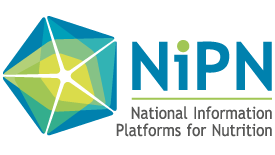The preparation of a data landscape report (1/3)
A data landscape report will need to address the context-specific needs of a country. This guidance sets out six general sections that may typically be included in the report.
It is important to not reinvent the wheel, but rather build on what already exists. Some sections of the report may already be fully or partially completed for another purpose and therefore do not need to be replicated.
The data landscape report may typically contain the following sections:
- General description of the national statistical system
- Data providers mapping
- Description of the main information systems and datasets available
- Indicators matrix
- Operational recommendations
- The way forward
1. General description of the national statistical system
The national statistical system (NSS) is the combination of statistical organisations and units within a country that jointly collect, process and disseminate official statistics on behalf of a national government (see the Paris 21 website). This section of the report addresses the following questions:
- Which key institutions are involved in nutrition-related data collection, management and dissemination?
- What is their mandate?
- How are they organised?
- Is data sharing taking place? How easy and efficient is data sharing?
- What are the legal and policy frameworks for data sharing?
- What are the priorities of the national strategy for the development of statistics?
- What are the main bottlenecks?
2. Data providers mapping
This a description of the main organisations that manage the information systems (data providers), the main datasets they manage, their objectives and their capacity (see below for an en example of a data provider mapping).
Typical data providers are:
- M&E or Statistics Divisions of line ministries
- National Statistical Offices
- Organisations that manage early warning systems
Note that the data providers can be at either central level or decentralised level.



